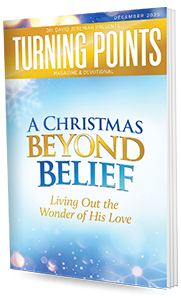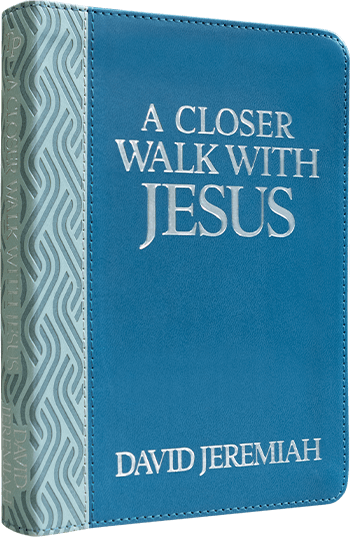From the January 2022 Issue

At the Center of It All
When the psalmists saw the sun rise in the East and set in the West, they assumed the sun was going around the earth. It “rose” in the morning, traveled across the sky during the day, and “set” in the evening (Psalm 50:1; 113:3). They naturally assumed that the earth was the center of the heavenly domain. Scientists would later call this a geocentric view of our solar system (from Greek ge, meaning earth).
Both science and Christianity subscribed to the geocentric model until the Renaissance when the Polish astronomer, mathematician, and churchman, Nicolaus Copernicus (d. 1543) put forth an alternative view: heliocentrism (from Greek helios, meaning sun). Copernicus’ model of our solar system put the sun, not the earth, at its center. Instead of the sun revolving around the earth, the earth (and our solar system’s other planets) revolved around the sun.
Whatever or whoever we find at the center of some organization or activity is usually the most important.
Fast forward to today: Scientific astronomy has proven Copernicus to have been right. We live in a heliocentric, not a geocentric, solar system. Everything revolves around the sun.
But that whole sixteenth-century kerfuffle illustrates a serious point: What’s at the center matters! Think of how many ways we give attention to the “center” today: In basketball, the center is the tallest player, stationed at the top of the lane, around whom the guards and forwards move. In football, the center is the player who anchors the offensive line and delivers the ball to the quarterback. In baseball, center field is in the middle of the outfield, between right field and left field. Centre Court is the main court on which the Wimbledon tennis championships are played each year in London. Center stage describes the most prominent position or activity in any endeavor, but especially in theater—usually the middle of the stage. And let’s not forget “Hollywood Squares,” the long-running TV game show where celebrities occupied one of nine cubicles in a vertical “tic-tac-toe” board, the most-strategic center square being occupied by a returning cast member who brought humor to each game.
Let’s face it: Whatever or whoever we find at the center of some organization or activity is usually the most important. And the same could be said of us as individuals: Whatever occupies the center of our life is what we deem most prominent or important. And that raises the question we will ask and answer in this issue of Turning Points: Who or what is at the center of your life?
The late William R. Bright, cofounder (with his wife Vonette) of Campus Crusade for Christ (now known as Cru), had a remarkable gift for putting truth in simple terms. He is probably best remembered for two small booklets, distributed by the millions: a yellow one, Have You Heard of the Four Spiritual Laws? and a blue one, Have You Made the Wonderful Discovery of the Spirit-Filled Life? The yellow booklet presented the Gospel, and the blue one explained how to be filled with the Holy Spirit by faith. In the blue booklet, Dr. Bright used a simple image: a throne, representing one’s life. On the throne could be one of two people: the individual or Jesus Christ—but not both.
Whoever sits on “the throne” of your life—either yourself or Christ—is the center of your life.
Our solar system may be heliocentric, but the entire universe is theocentric—God at the center. And that is exactly how our life should be. As we begin 2022, let’s make sure we are living a theocentric life—a life with the only Person on the throne who deserves to be!
More Articles
This Month's Magazine Resource
Subscribe Now
Each month, read articles and devotionals from Dr. David Jeremiah that will encourage, challenge, and strengthen your walk with the Lord.















 Turning Point for God is a tax-exempt, not-for-profit, religious corporation as defined under Section 501(c)(3) of the Internal Revenue Code. Your donation gift(s) are very much appreciated and may qualify as a charitable deduction for federal income tax purposes.
Turning Point for God is a tax-exempt, not-for-profit, religious corporation as defined under Section 501(c)(3) of the Internal Revenue Code. Your donation gift(s) are very much appreciated and may qualify as a charitable deduction for federal income tax purposes.




